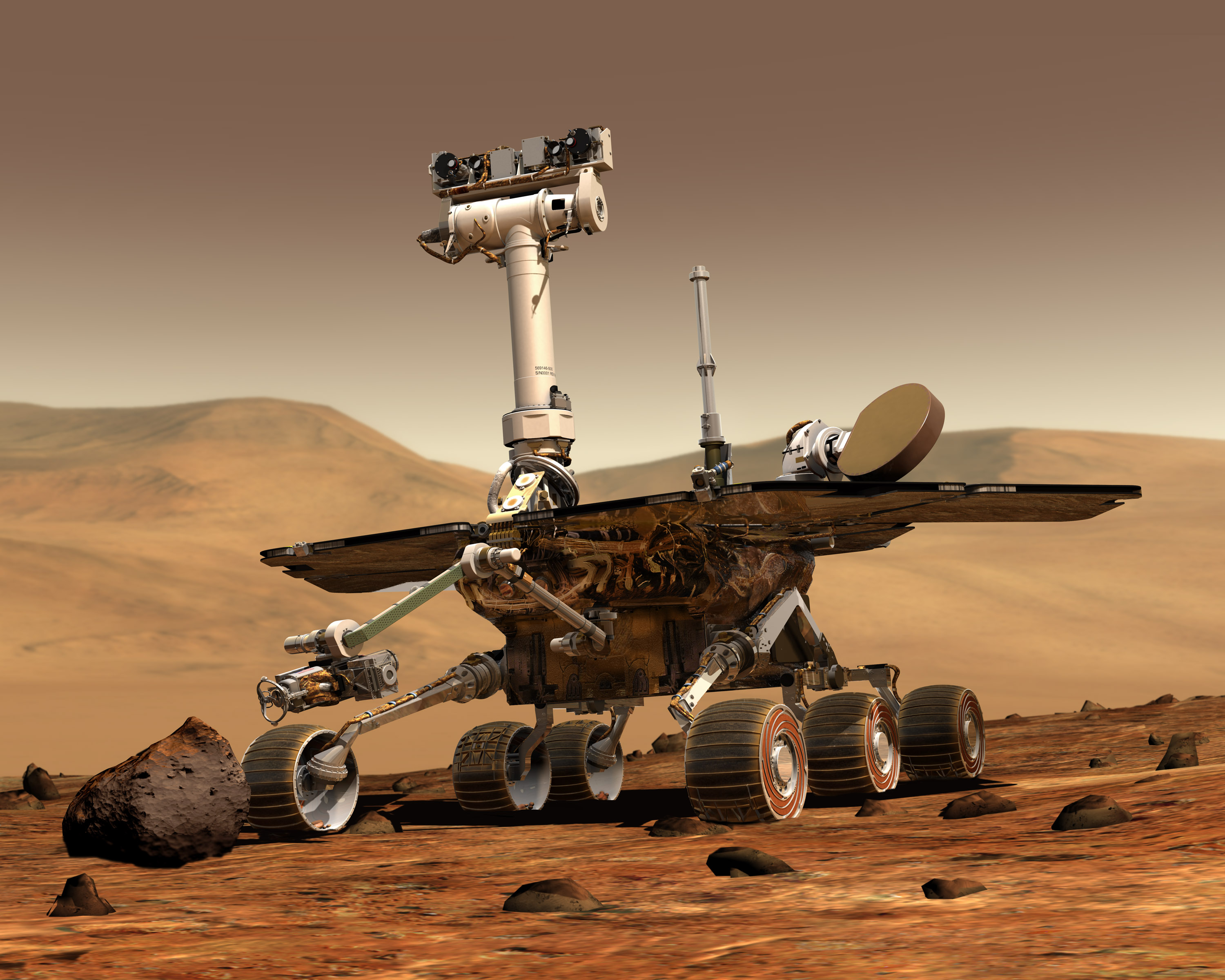The Mars Exploration is a robotic space mission involving two rovers, Spirit and Opportunity, exploring Mars. Launched in 2003, Spirit entered Martian orbit on January 4, 2004. It landed in Gusev crater on January 3, 2004. Its discoveries there included evidence of water and suggested that the Martian environment was once habitable.
Spirit has continued to move further away from its lander with its wheels stuck in the soft soil. The Mars rovers, Spirit and Opportunity, landed on opposite sides of the planet in 2004. The rovers were expected to last 90-days, but they kept going for years. Spirit lasted six years before it got stuck in the sand and could not maintain itself powered, so NASA decided to shut it down. But Opportunity is still running and has exceeded its original mission duration by a factor of 50.
The Red Planet has been the subject of much interest in recent years, with missions like the Mars Science Laboratory and ExoMars helping to shed light on its mysteries. Now, NASA and other space agencies are gearing up to send another robotic mission to Mars in 2020, which will include an orbiter and a drill designed to sample underground water ice deposits that may harbor signs of microbial life. With this information, scientists hope to answer one of the biggest questions about the red planet: Is there or was there ever life on Mars?
MARS is the name of a hypothetical device sent to Mars as part of a space exploration mission. The device is supposed to test life support systems, such as food production and waste disposal, and housing for future astronauts who may arrive at Mars in the future. NASA’s Curiosity rover is making headlines for landing on Mars and sending back photos of the red planet’s surface. But NASA has been making some news lately with a different kind of rover: a vehicle that can travel overland, through water, and in the air.
What Is the Need to Explore Mars?
The Mars mission, also known as Curiosity, robotic rover which is the size of a car. It was inaugurated on November 26, 2011. The scientist created the mars mission to check the availability of life on Mars. The first US spacecraft to orbit Mars, Mariner 4, arrived at Mars on July 14, 1965. Since then, numerous robotic missions have been sent to explore this mysterious world.
As you know, the red planet is an interesting subject for many scientists. Even though modern astronomers have long studied it in detail, many mysteries exist about its origin and evolution.
I am sure that you remember how dramatic was the beginning of our space exploration. The first photos back to Earth only in 1965 by Mariner 4, sending us the first information about this fascinating world. Scientists want to learn if colonization can be done on mars or not, what are the water quality and air pressure. They want to know if survival is possible on mars or not.
Climatic Conditions of Mars
The Mars atmosphere is mostly of carbon dioxide (CO2) with small amounts of nitrogen and argon. The atmospheric pressure on the surface of Mars is about 600 pascals (Pa; 0.006 bar; 0.6 kPa), comparable to the strain found underwater in Earth’s oceans.
There are no oceans, lakes, or rivers on the planet Mars to slow down atmospheric energy transfer from day tonight. The atmosphere is also very thin, so it cannot absorb much of the sun’s incoming energy. As a result, there are enormous daily swings in temperatures that can be more extreme than even those found on Earth. The temperature changes by 200 degrees Fahrenheit (100 degrees Celsius) between day and night on the red planet.
Summed up
On the whole, mars exploration is helpful to study the difference between earth and mars climate. Scientists are trying to make a future on mars to move people from Earth to mars if the conditions get worse in the future, but this is just planning. There is much more to learn about mars.
![]()
